Table of contents
- Bias, essential in the textile industry: What is this common tape like?
- What is the bias tape used for in the industry?
Bias, essential in the textile industry: What is this common tape like?
Bias tape, often simply called bias, is a crucial tool in the textile industry. Known for its characteristic diagonal or slanted shape in relation to the direction of the threads that make up the fabric, this strip of fabric is commonly used to embellish and reinforce the edges of a garment.
The perfection of a fabric lies in its geometry: the warp and weft form a right angle, and the edges usually run parallel to the thread. Commonly, garments are cut in the direction of the thread. However, bias breaks this convention. It is located on the diagonal of this rectangle, being cut on “the fold” of the fabric, which gives it a series of unique advantages.
What is the bias tape used for in the industry?
In the textile industry, bias tape is a valuable resource for working with all types of pieces.
At Byetsa, aware of the importance of this element, we have automated and computerized our bias production systems for industrial sewing, which allows us to achieve 100% integrated production and meet the demands of the industrial sector at the national level without setbacks.
Bias tape, or bias binding, is especially useful for maximizing the elasticity of a garment. Its diagonal cut allows it to stretch curved seams, including neck and armhole seams.
Its placement must be meticulous: both sides of the bias are sewn with 1 cm extra with respect to the pin point, which will later serve as a seam allowance when joining both sides of the bias.
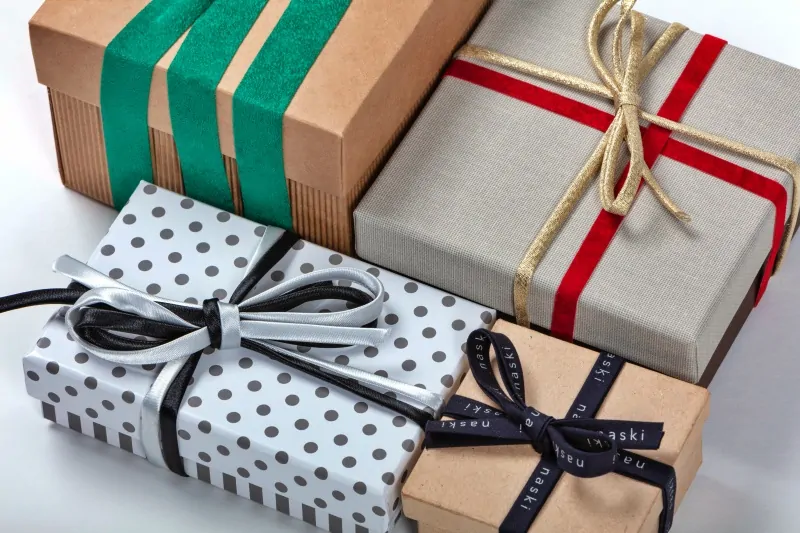
What is bias in sewing?
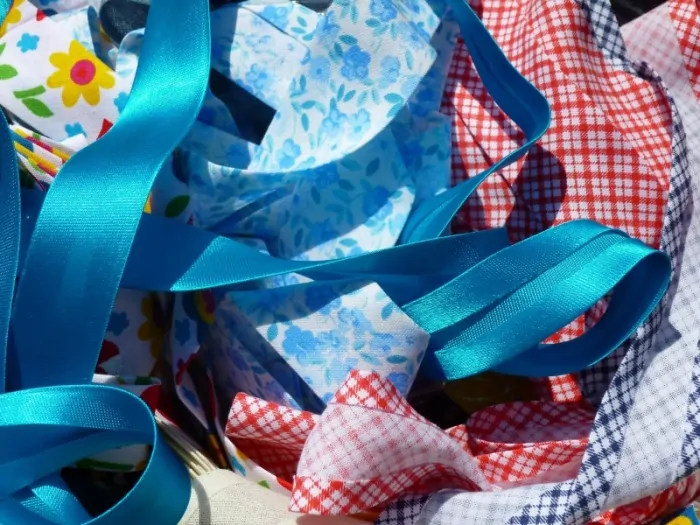
Bias in sewing is simply another name for bias. It is a piece of fabric that is cut obliquely (at a 45° angle) to the fabric thread.
Its initial placement is done with pins or a basting stitch, and then a machine backstitch is passed. Once the seam is made, it is opened and ironed, always maintaining the utmost precision.
Cutting pattern pieces on the bias, placing the pattern 45 degrees to the edge of the fabric, gives each piece considerable elasticity.
This is due to the fact that a bias tape is cut diagonally to the fabric’s warp and weft, which gives it more flexibility than a strip that has been cut parallel to the edge.
At Byetsa, we make our bias tapes in very narrow strips, allowing the fabric fibers to be at a 45º angle to the length of the strip. This adds greater elasticity and flow to the product, making it easier to apply both on straight and curved lines.
Our meticulous cuts are studied to the millimeter, which allows us to adapt to the exact needs of the customer, from a minimum measure of 6 mm to the whole piece.
Over the years, we have sold our bias tapes to a variety of industrial sectors, from the personal protection equipment (PPE) sector, automotive and aeronautics, to sports and pet products.
One of the sectors we regularly work with is childcare, where our wide range of children’s fabrics, with an endless variety of colors, shapes, prints and materials, is a major draw for our customers.
Related articles:
What determines the quality of bias sewing types?
The quality of the industrial bias we offer depends on three crucial factors:
At Byetsa, we are proud to work with and market a wide range of prints on organic cotton fabrics.
All our bias tapes are created with fabrics free from harmful substances, such as lead or arsenic. In addition, all of them come with the OEKO-TEX guarantee, ensuring that even the most sensitive skins are risk-free.
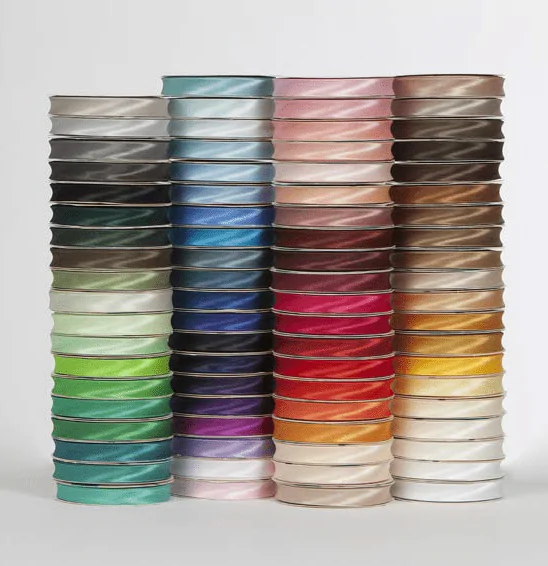
Whatever the bias tape you are looking for, you will find it at Byetsa
At Byetsa, our goal is to provide the bias tape you are looking for. If you have a specific type of bias tape in mind, chances are you will find it in our catalog. We offer two basic product lines, Fany and Byor, to meet existing needs in the home, fashion, consumer, packaging, and industry market.
Aware that the industrial sector requires the most innovative bias tape materials and models on the market, at Byetsa we implement the latest technologies in the manufacture of our products. We have incorporated mechanization, automation and computerization of our productive systems, adapting production processes to the revolutionary Industry 4.0.
If you need more information or want to know everything that Byetsa can do for you, do not hesitate to contact us. Write to us at [email protected] or call us at 93 874 40 98.
We also manufacture our bias bindings for different sectors
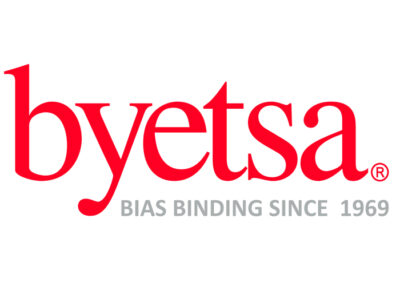




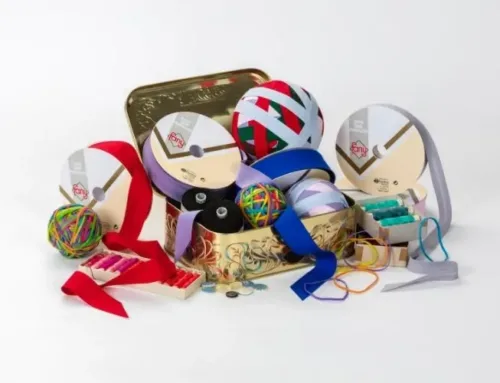
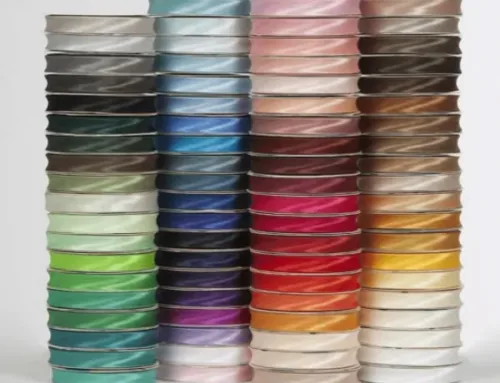


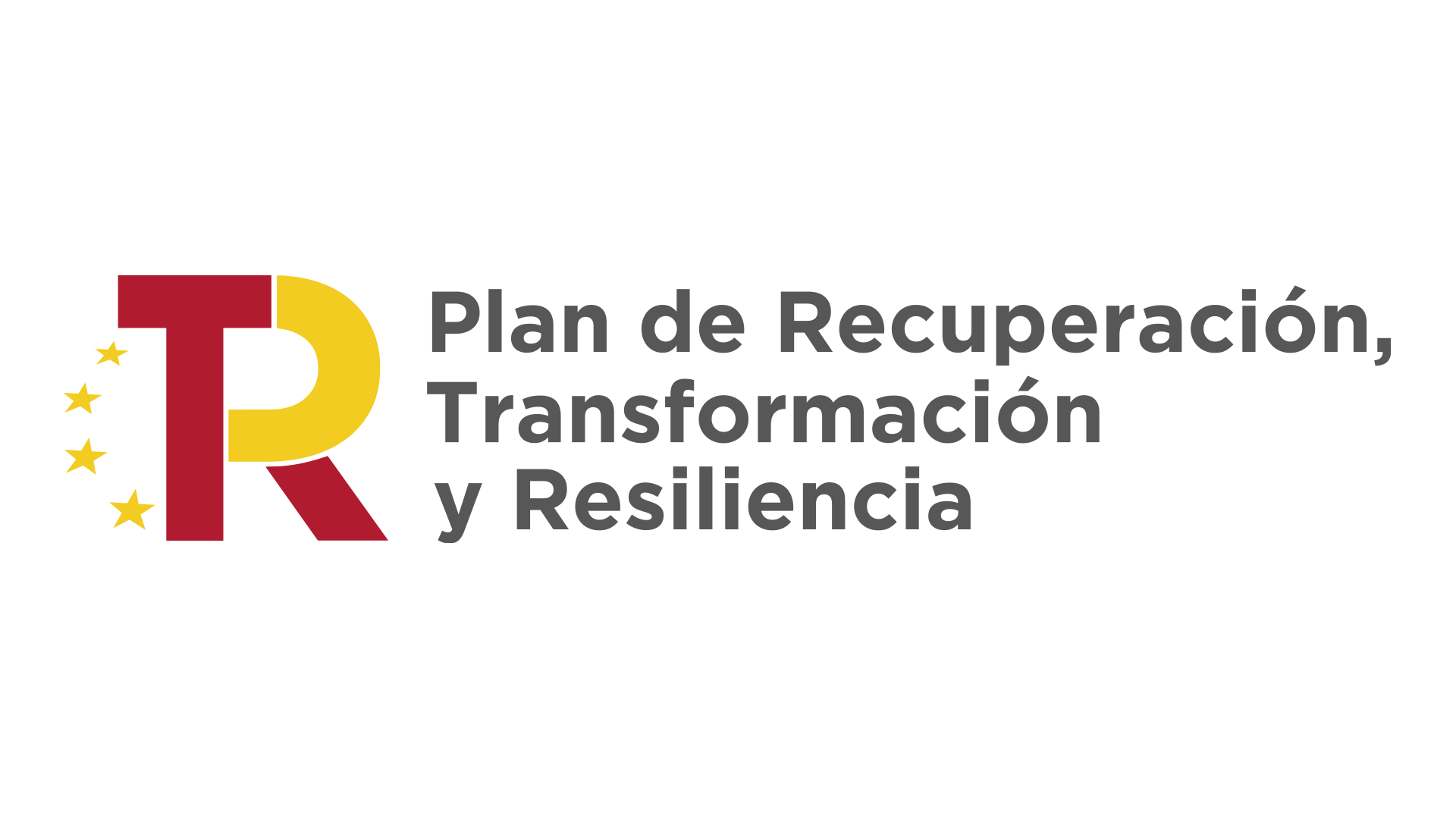



Leave A Comment